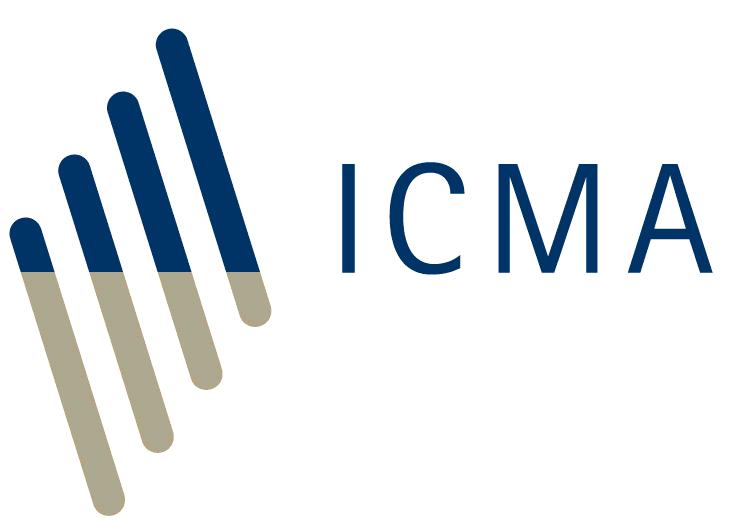Distributed ledger: a collection of data that is spread across multiple nodes [ie computers] and whose consistency is enforced by means of a distributed ledger technology (see next). (FSB: Decentralised financial technologies: Report on financial stability, regulatory and governance implications, 2019)
Distributed ledger technology (DLT): a means of recording information through a distributed ledger. These technologies enable nodes [ie computers] in a network to propose, validate, and record state changes (or updates) consistently across the network’s nodes – without the need to rely on a central trusted party to obtain reliable data. (FSB: Decentralised financial technologies: Report on financial stability, regulatory and governance implications, 2019).
Blockchain: a form of distributed ledger in which details of transactions are held in the ledger in the form of blocks of information. A block of new information is attached into the chain of pre-existing blocks via a computerised process by which transactions are validated. (FSB: Crypto-asset markets: Potential channels for future financial stability implications, 2018).
*See ICMA’s FinTech tracker of DLT-based bond issuance, trading, settlement, distribution as well as repo and securities lending transactions.
Back to Frequently Asked Questions on DLT and blockchain in bond markets
Next page >>>
A repo not only mitigates the buyer’s credit risk. Provided the asset being used as collateral is liquid, the buyer should be able to refinance himself at any time during the life of a repo by selling or repoing the assets to a third party (he would, of course, subsequently have to buy the same or a similar asset back in order to return it to his repo counterparty at the end of the repo). This right of use (often called re-use) therefore mitigates the liquidity risk that the buyer takes by lending to the seller. Because lending through a repo exposes the buyer to lower credit and liquidity risks, repo rates should be lower than unsecured money market rates.







